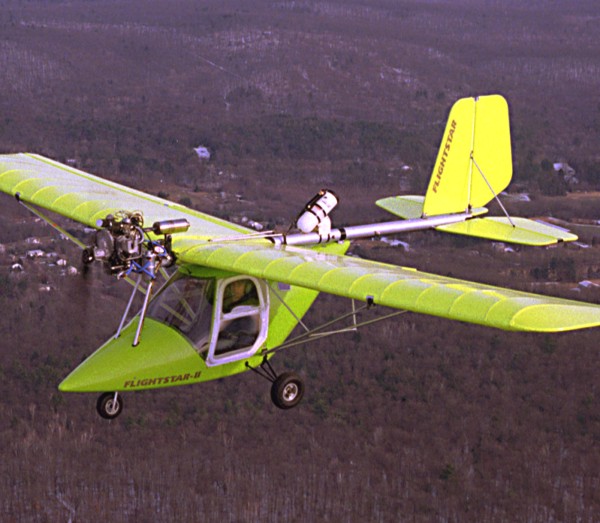
It isn’t often I can do “scouting party” duty on engines. Powerplants aren’t normally my focus. They are a necessity for flight, but they aren’t my main attraction. A great many pilots I’ve met appear to be just the reverse: They are extremely interested in engines. I enjoyed the chance to fly behind the first European and first American installations of the new 60-hp HKS 700E 4-stroke from Japan’s HKS Company Ltd. With that in mind, this pilot’s report is rather different. We’ll look at this new engine on two different aircraft. As all Ultralight Flying! readers know, Rotax has enjoyed great success for more than a decade as an ultralight engine supplier. After dominating the 2-stroke market, Rotax introduced the 81-hp Rotax 912 4-stroke, which has become a popular powerplant choice for sport aviation aircraft. Is a 4-Stroke Better? All 4-stroke engine manufacturers trumpet their advantages over 2-strokes: lower fuel consumption, quieter operation, longer time between overhaul, and reliability.















